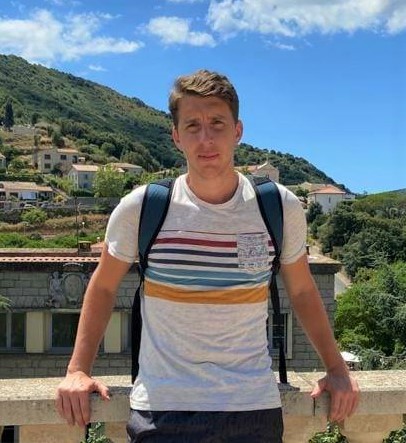Marc Lafon
Postdoctoral student in Deep Learning at Sorbonne University Paris - ISIR Lab

Pyramide - Office J13
4 Place Jussieu
Paris, France
I am a postdoctoral student in deep learning in the MLIA team of the Sorbonne University ISIR lab. Previously, I was a PhD student at Cnam in the Machine Learning team advised by Prof. Nicolas Thome and Clément Rambour. My research focus on improving the adaptability and safety of foundation models.
news
| Sep 20, 2025 |
Our work on test-time adaptation of vision-language models has been accepted at NeurIPS 2025 |
|---|---|
| Jun 15, 2025 |
Our work on failure prediction of vision-language models has been accepted at ICCV 2025 |
| Oct 15, 2024 |
Our work on spatio-temporal encodings for Transformers on dynamic graphs has been accepted at NeurIPS 2024 |
| Jun 12, 2024 |
Our work on few-shot adaptation of vision-language models through prompt learning has been accepted at ECCV 2024 |
| Apr 22, 2023 |
Our work on out-of-distribution detection using energy-based models has been accepted at ICML 2023 |